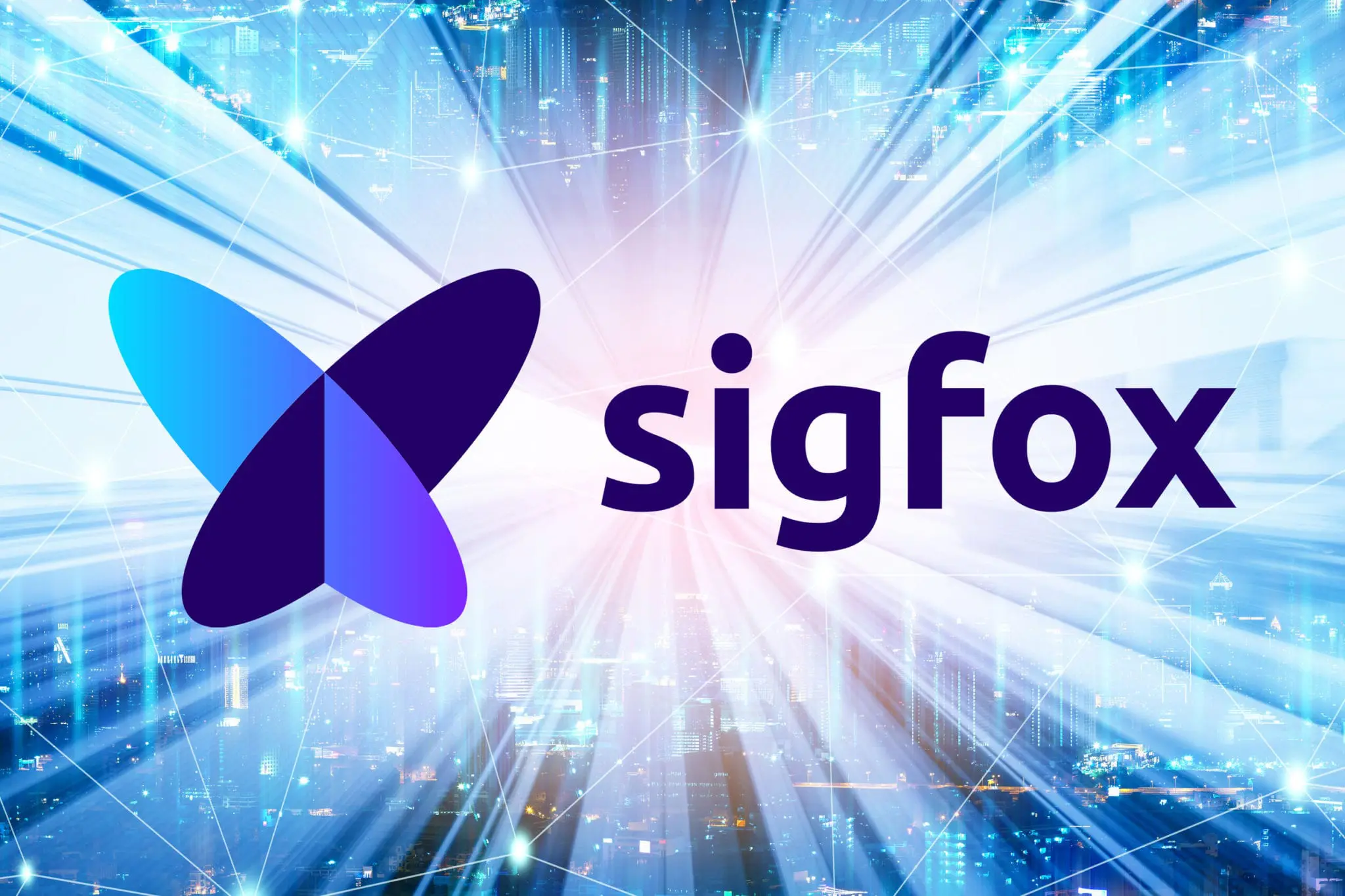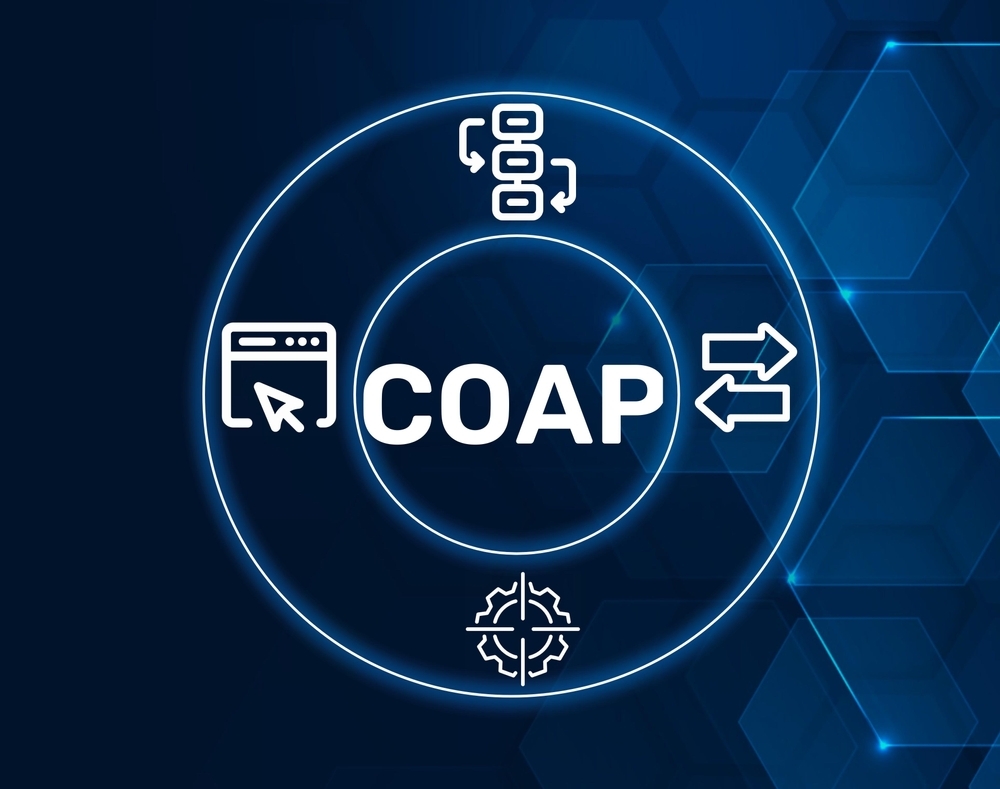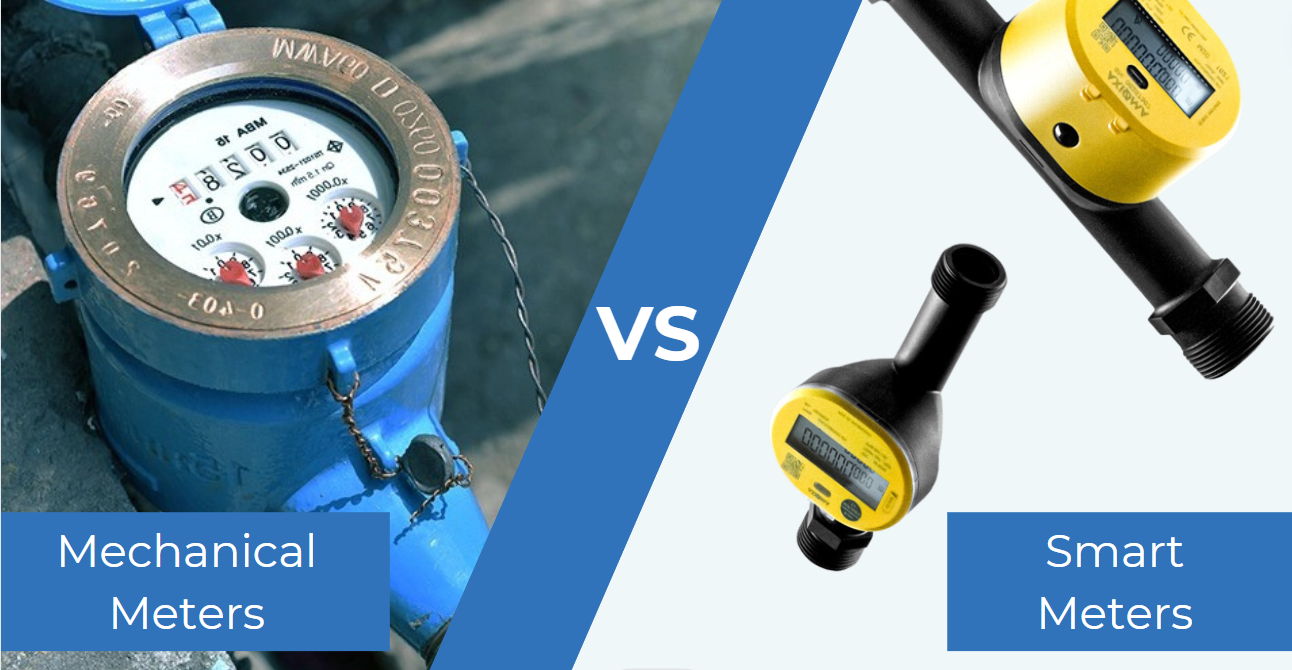Introduction
The Internet of Things (IoT) has transformed industries across the globe. From connected cars and smart agriculture to industrial sensors and healthcare devices, IoT is fueling digital transformation. However, none of these applications can exist without reliable IoT connectivity. Choosing the right technology determines whether your devices operate efficiently, stay connected globally, and meet the specific needs of your use case.
Two major contenders often compared in the IoT connectivity space are Sigfox and IoT SIM cards. Sigfox is a Low-Power Wide Area Network (LPWAN) technology that focuses on low-cost, low-power, small-message communication. IoT SIMs, on the other hand, leverage cellular networks to deliver global coverage, higher bandwidth, and flexibility. But which is better? That depends on your business goals, technical requirements, and scalability plans.
This blog explores Sigfox and IoT SIMs in detail, compares them head-to-head, and provides a framework to help you decide which technology is best for your IoT solution.
Understanding Sigfox
What is Sigfox?
Sigfox is a proprietary LPWAN technology designed for IoT. It uses ultra-narrowband modulation to enable devices to transmit very small amounts of data over long distances while consuming extremely low power. Founded in France in 2009, Sigfox quickly grew into a global IoT network provider with presence in multiple countries.
Key Features of Sigfox
- Low Power Consumption – Devices can last years on a single battery.
- Long Range – Up to 40 km in rural areas and 10 km in urban environments.
- Low Cost – Sigfox subscriptions are typically inexpensive compared to cellular data plans.
- Small Payloads – Designed to transmit messages of only a few bytes (up to 12 bytes per message).
Advantages of Sigfox
- Excellent for battery-powered IoT devices.
- Great for remote locations with limited connectivity options.
- Simple device hardware, reducing manufacturing cost.
Limitations of Sigfox
- Limited Coverage: Available only in countries with Sigfox infrastructure.
- Very Low Bandwidth: Suitable only for small messages.
- Vendor Lock-In: Proprietary network, limited ecosystem.
- Uncertainty: Sigfox faced financial challenges, raising concerns about long-term stability.
Understanding IoT SIM Cards
What is an IoT SIM?
An IoT SIM card is similar to a traditional SIM card but optimized for machine-to-machine (M2M) communication and IoT applications. IoT SIMs allow devices to connect to cellular networks (2G, 3G, 4G, LTE-M, NB-IoT, and even 5G) with specialized features like multi-network roaming, global coverage, and remote management.
Types of IoT SIMs
- Standard IoT SIM – Works with local mobile networks.
- Global IoT SIM – Supports roaming across multiple countries.
- eSIM / iSIM – Embedded SIMs with remote provisioning, reducing logistics complexity.
Key Features of IoT SIMs
- High Coverage: Operates on existing cellular infrastructure.
- Flexible Bandwidth: Supports small messages and large data transfers.
- Roaming: Multi-network support ensures redundancy.
- Scalability: Supports millions of devices worldwide.
Advantages of IoT SIMs
- Global Reach: Ideal for businesses expanding internationally.
- Reliability: Backed by well-established mobile operators.
- Data Flexibility: Supports applications requiring high throughput, like video streaming.
- Future-Proof: Compatible with emerging 5G networks.
Limitations of IoT SIMs
- Power Consumption: Higher compared to LPWAN.
- Cost: Monthly data plans may be more expensive.
- Coverage Gaps: Rural areas may still lack strong cellular signals.
Sigfox vs IoT SIM: Head-to-Head Comparison
| Feature | Sigfox | IoT SIM Cards |
|---|---|---|
| Coverage | Limited to Sigfox-supported countries | Global, using cellular networks |
| Data Usage | Very small payloads (bytes) | Flexible: small messages to GB-level data |
| Power Efficiency | Extremely low power, years of battery life | Moderate to high, depends on network type |
| Cost | Low subscription fees | Varies; can be higher for global roaming |
| Scalability | Dependent on Sigfox ecosystem | Easily scalable worldwide |
| Use Cases | Sensors, tracking, smart agriculture | Vehicles, healthcare, smart cities, video |
Summary of Comparison
- If you need ultra-low power and small data transmission, Sigfox is more suitable.
- If you need flexibility, scalability, and high data capacity, IoT SIMs are the better choice.
Use Cases for Sigfox
When it comes to IoT connectivity, one of the most popular low-power wide-area network (LPWAN) technologies is Sigfox. Designed for devices that need to transmit small amounts of data with minimal energy consumption, Sigfox has become a global solution for many industries. Unlike traditional cellular networks that focus on high bandwidth, Sigfox specializes in low-cost, low-power, long-range communication. This makes it ideal for applications where devices need to send short, infrequent messages while running on a battery for years.
In this section, we’ll explore the top use cases for Sigfox IoT technology, explaining how it enables digital transformation across industries such as asset tracking, smart agriculture, industrial IoT, logistics, and smart cities.
1. Asset Tracking and Logistics
One of the most common Sigfox use cases is asset tracking. Businesses often struggle to keep track of valuable equipment, containers, or vehicles across wide geographic areas. Traditional GPS trackers using cellular SIM cards can drain power quickly and may be too expensive for large-scale deployments.
Sigfox offers a solution by enabling low-cost IoT trackers that can send small bursts of data—such as location updates, temperature, or movement alerts—at regular intervals.
- Logistics Companies: Fleet operators use Sigfox devices to monitor trucks, trailers, or shipping containers. These trackers only send updates every few minutes or hours, which is sufficient for many supply chain applications.
- Cold Chain Monitoring: Pharmaceutical companies rely on Sigfox to track sensitive goods like vaccines and medicines. Sensors can send temperature data throughout the transportation process, ensuring regulatory compliance and product safety.
- Returnable Assets: Businesses use Sigfox to monitor pallets, crates, or returnable transport items, reducing losses and improving efficiency.
By using Sigfox IoT connectivity, companies benefit from extended battery life and low operational costs, making large-scale tracking feasible.
2. Smart Agriculture
Agriculture is a sector where IoT connectivity is driving a revolution, and Sigfox plays a crucial role. Farmers face challenges like optimizing irrigation, monitoring soil health, and protecting crops from environmental threats. Traditional connectivity solutions can be costly and impractical in remote areas.
With Sigfox IoT sensors, farmers can deploy low-cost, battery-powered devices across their fields to collect valuable data:
- Soil Moisture Monitoring: Sensors can send soil humidity levels to a cloud dashboard, allowing farmers to optimize irrigation schedules and conserve water.
- Weather Stations: Sigfox devices can transmit temperature, rainfall, and wind speed data, helping predict crop performance and reduce losses.
- Livestock Tracking: Farmers can attach Sigfox trackers to cattle or sheep to monitor their location and detect abnormal behavior.
This Sigfox use case is particularly powerful in regions with limited cellular coverage, as the long-range capabilities of LPWAN allow data transmission across vast rural areas.
3. Industrial IoT and Predictive Maintenance
The manufacturing and industrial sector relies heavily on connected devices for predictive maintenance and operational efficiency. Machines that fail unexpectedly can cause significant downtime and financial losses.
Sigfox IoT solutions allow factories to install small, battery-powered sensors that transmit simple data points such as vibration, temperature, or operating hours. These data streams feed into predictive analytics systems, allowing maintenance teams to detect issues before they escalate.
- HVAC Systems: Sigfox sensors can monitor heating, ventilation, and cooling units, providing alerts before energy costs skyrocket or equipment fails.
- Heavy Machinery: Mining and construction companies use Sigfox to track equipment usage and detect unusual vibration patterns, helping schedule preventive repairs.
- Remote Sites: Oil and gas companies rely on Sigfox IoT for pipeline monitoring and wellhead inspections, reducing the need for costly manual checks.
In these industrial IoT use cases, Sigfox provides low-power, cost-effective connectivity where traditional cellular or wired connections may not be practical.
4. Smart Cities and Infrastructure Monitoring
As cities evolve into smart cities, IoT plays an increasingly critical role in managing infrastructure, reducing energy consumption, and improving citizen services. Sigfox IoT solutions are well-suited for municipal applications because of their low power consumption and wide coverage.
Examples of smart city Sigfox use cases include:
- Smart Parking: Parking sensors use Sigfox connectivity to detect open spaces and communicate availability to drivers via apps, reducing traffic congestion.
- Streetlight Monitoring: Cities deploy Sigfox sensors to monitor streetlights, reporting faults automatically and optimizing energy usage.
- Waste Management: Smart bins equipped with Sigfox sensors can signal when they are full, allowing waste collection companies to optimize routes.
- Water Meters: Municipalities install Sigfox-connected meters to track water consumption, detect leaks, and encourage efficient use of resources.
These solutions enhance operational efficiency and create sustainable urban environments, all while keeping costs manageable.
5. Environmental Monitoring
Environmental monitoring is another area where Sigfox IoT connectivity demonstrates its strength. Governments, NGOs, and businesses deploy sensors in remote or rural locations to collect real-time environmental data.
Key applications include:
- Air Quality Monitoring: Sigfox sensors track pollution levels in urban areas to inform health policies.
- Wildlife Tracking: Conservationists use Sigfox-enabled tags to track the movement of endangered species, helping protect biodiversity.
- Disaster Management: Sensors deployed in flood-prone regions can monitor water levels and send early-warning alerts using Sigfox’s long-range connectivity.
These use cases prove how Sigfox technology contributes to sustainable development and disaster resilience.
Future of IoT Connectivity
LPWAN Evolution
Sigfox is part of the broader LPWAN category, which also includes LoRaWAN and NB-IoT. While Sigfox is limited in flexibility, LoRa and NB-IoT are gaining traction for IoT deployments.
Rise of eSIM and iSIM
eSIM and iSIM are revolutionizing IoT by eliminating the need for physical SIM cards. This allows devices to be activated remotely and ensures seamless global deployment.
Hybrid Models
Future IoT solutions may combine LPWAN for low-power communication with cellular IoT for high-data scenarios. This hybrid approach ensures the best of both worlds.
How to Choose the Best Option
When deciding between Sigfox and IoT SIM, consider the following factors:
- Power Requirements – If your device must run for years on a small battery, Sigfox may be better.
- Data Size – If you need to send photos, video, or frequent updates, IoT SIMs are essential.
- Coverage – Check Sigfox availability in your target country. If absent, IoT SIM is the default choice.
- Budget – Sigfox is often cheaper for basic applications, while IoT SIM provides better value for data-heavy solutions.
- Scalability – If your business plans to expand globally, IoT SIMs are more flexible.
Conclusion
Sigfox and IoT SIMs are not direct competitors; instead, they serve different niches within the IoT ecosystem. Sigfox shines in scenarios requiring low-power, small-message communication, while IoT SIMs excel in high-data, global-scale solutions. The key is to match the connectivity technology with your business needs.
At the end of the day, there is no one-size-fits-all solution. The best approach may even involve combining multiple connectivity technologies to cover different aspects of your IoT ecosystem.
Call to Action
Are you looking for reliable IoT connectivity for your business? At Zhongyi IoT, we provide global IoT SIM solutions with competitive pricing, multi-network roaming, and flexible data plans. Whether you’re deploying smart devices, connected vehicles, or large-scale IoT infrastructure, we can help you stay connected.
👉 Contact us today to explore IoT SIM solutions that match your business needs.



